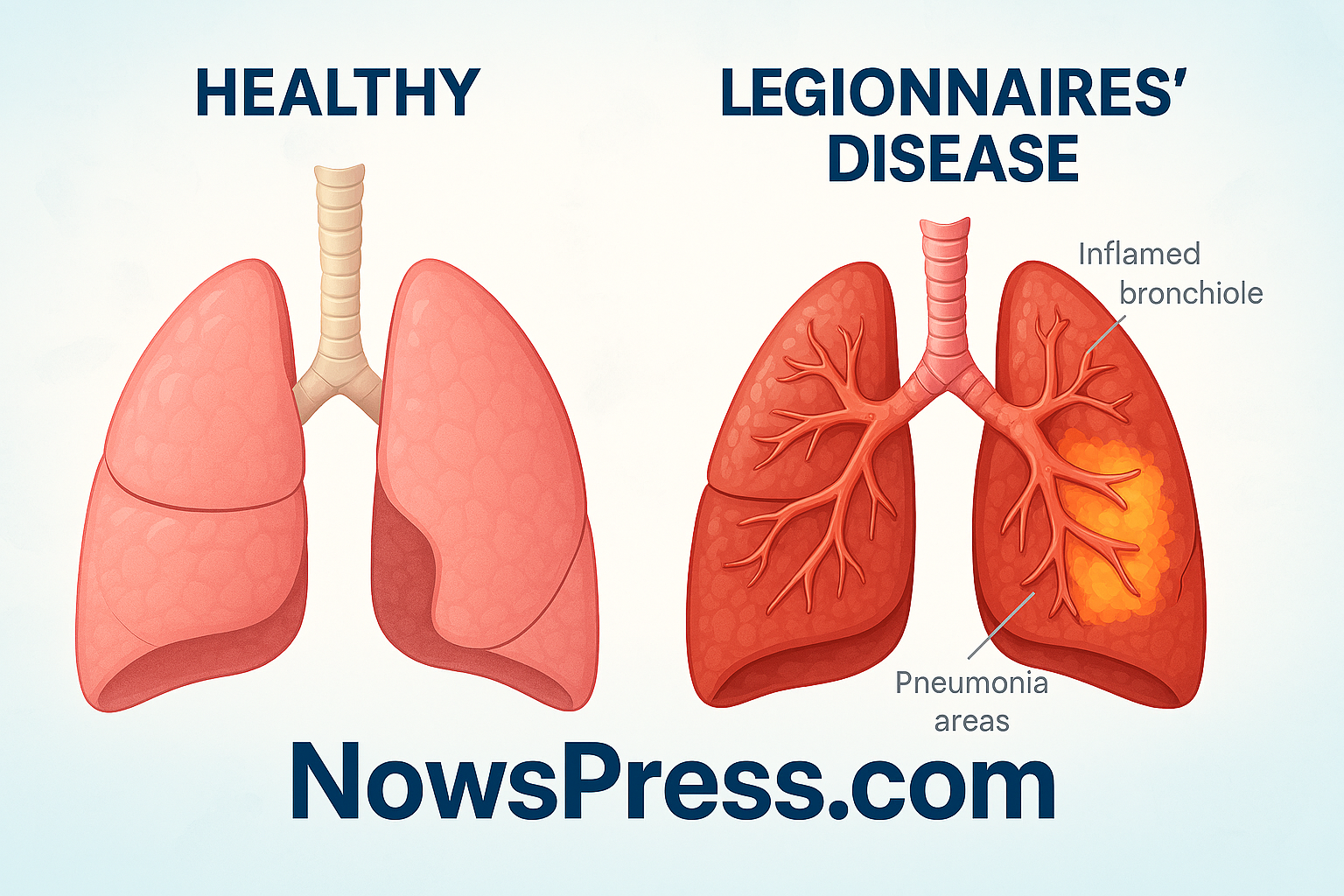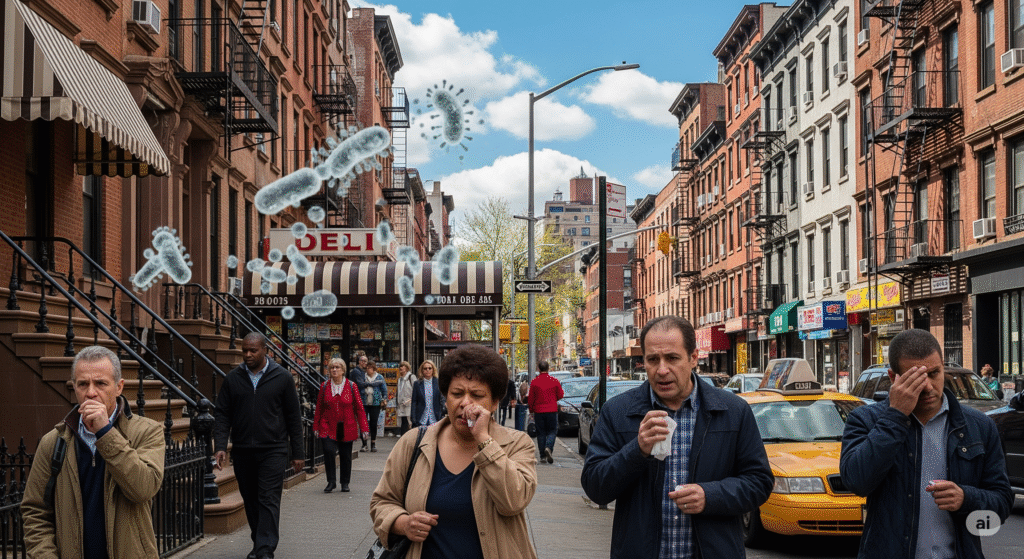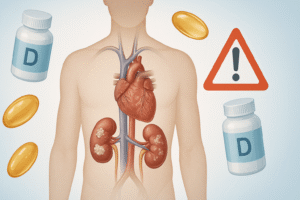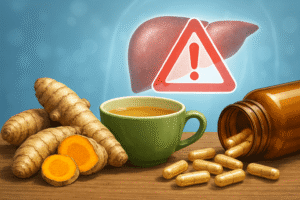
Legionnaires’ disease outbreak in NYC killed two and sickened 58 in Harlem. Learn about this rare illness, its symptoms, causes, and prevention tips.
A Legionnaires’ disease outbreak has struck Central Harlem in NYC. Two people have died and 58 have been sickened since late July. The rare illness is a severe form of pneumonia. It spreads through contaminated water systems, not person to person. Early diagnosis and treatment with antibiotics are vital.
What Is Legionnaires’ Disease?
Legionnaires’ disease is a serious pneumonia caused by Legionella bacteria. It develops when people inhale tiny droplets of contaminated water vapor. These bacteria thrive in warm conditions like cooling towers, hot tubs, and plumbing systems (AP News).

Symptoms usually appear 2–10 days after exposure. Common signs include cough, fever, muscle aches, headaches, and sometimes diarrhea or confusion (Wikipedia). Pontiac fever is a milder, non‑pneumonia illness caused by the same bug (Wikipedia).
The Harlem Cluster: What Happened in NYC
Health officials began investigating on July 25, 2025, after initial cases appeared in ZIP codes 10027, 10030, 10035, 10037, and 10039 (nyc.gov).
- Cases quickly rose from 22 to 58.
- At least two people have died.
- Investigators found Legionella pneumophila in 11 cooling towers, which were promptly cleaned and remediated (The Guardian, AP News).
Officials urged residents and workers in affected areas to monitor for symptoms and seek care fast, especially if they are over 50, smoke, or have chronic lung conditions (nyc.gov).
How It Spreads
Legionella bacteria multiply in warm, stagnant water. They become dangerous when the water forms fine mist or aerosols that people inhale. Common sources include:
- Cooling towers
- Hot tubs and whirlpool spas
- Showerheads and hot water tanks
- Decorative fountains or cooling systems (nyc.gov, Wikipedia, NBC New York)

Home sprinkler or windshield wiper water (if just plain water) can even host bacteria under rare conditions (Wikipedia).
Who’s at Risk?
Many people exposed don’t fall ill. But risk is higher for:
- Adults aged 50 and over
- Current or former smokers
- Those with chronic lung conditions or weakened immune systems (nyc.gov, The Sun, AP News).
Prompt diagnosis is essential. Without treatment, complications can include respiratory failure or multi‑organ failure. The general death rate is about 10%, though it is higher in hospital‑acquired cases (Wikipedia).
Diagnosis & Treatment
Doctors typically order a urinary antigen test and sputum culture to confirm infection. The disease is treated with antibiotics like azithromycin, doxycycline or fluoroquinolones (Wikipedia).
Early treatment can drop mortality below 5% in otherwise healthy adults.
How to Prevent Legionnaires’ Disease
Building and system management
- Regular cleaning and disinfection of cooling towers, plumbing systems, and hot tubs
- New York City requires building owners to register cooling towers and remediate problematic systems within 24 hours (nyc.gov).
Home precautions
- Drain and clean garden hoses, showerhead filters
- Maintain water heater temperature at ~120 °F (49 °C)
- Clean hot tubs and pools, monitor chlorine levels regularly (The Sun, AP News)
What to Do If You Were in the Affected Area
Residents or workers in those Harlem ZIP codes since late July 2025 with flu‑like symptoms should:
- Immediately seek medical attention
- Tell the provider you were in the affected area
- Request testing and, if needed, antibiotic treatment
- Stay alert even if symptoms are mild—early care saves lives.
Credible Resources
- World Health Organization (WHO): overview and prevention guidance
- Centers for Disease Control and Prevention (CDC): detailed info on Legionella risks and water‑system control

Conclusion
A rare Legionnaires’ disease outbreak in NYC has highlighted how dangerous contaminated water systems can be. While not highly contagious, Legionella can kill if untreated. But early action makes a difference.
Residents in impacted Harlem areas should watch for symptoms. Buildings must maintain safe water systems. Together, swift diagnosis, treatment, and prevention help stop this illness in its tracks.





